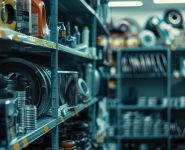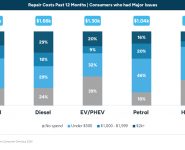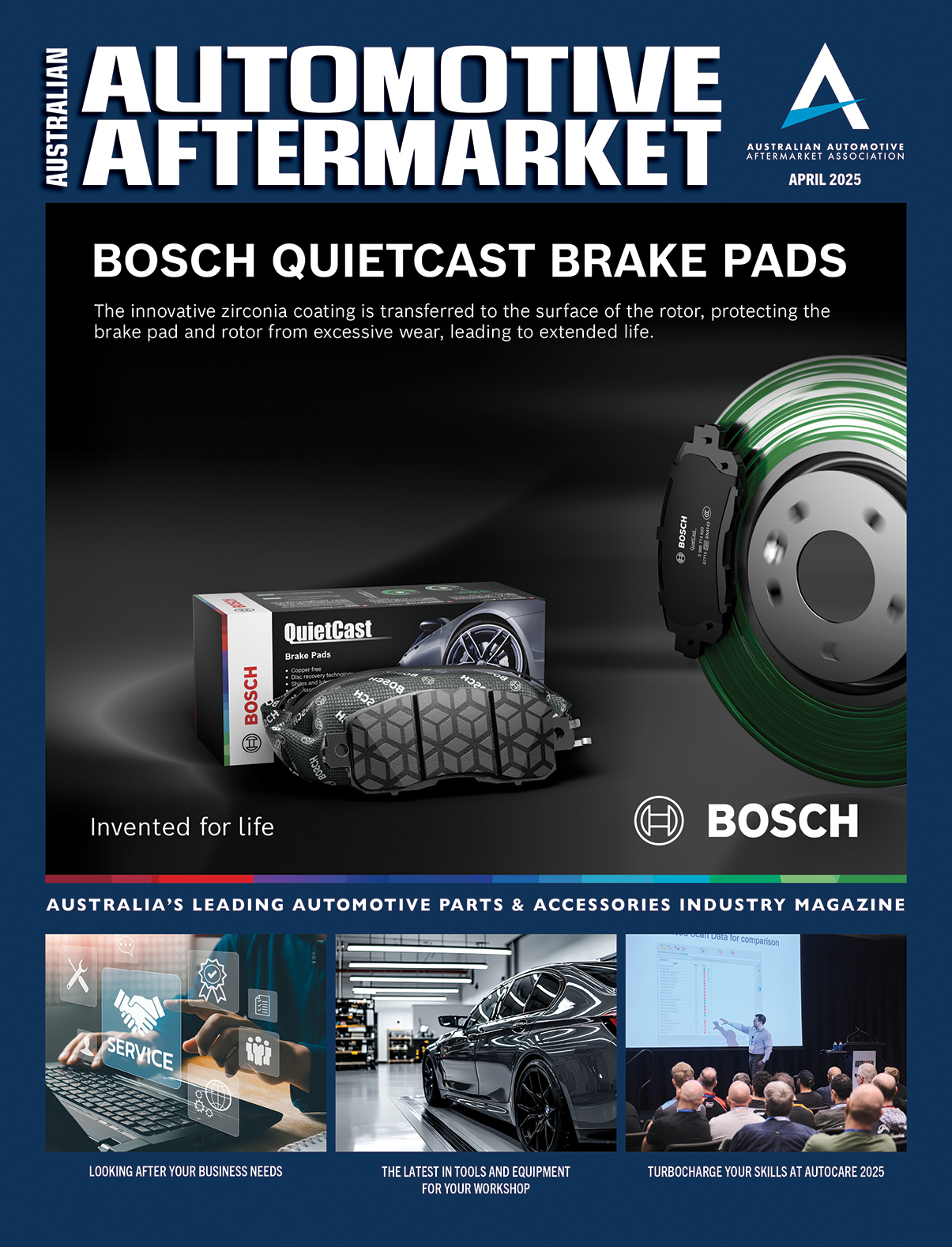THE (SOMEWHAT) ELECTRIFIED ROAD TO 2030
Electric vehicles (EVs) are making waves on Australian roads, reflecting a global trend towards greener transportation
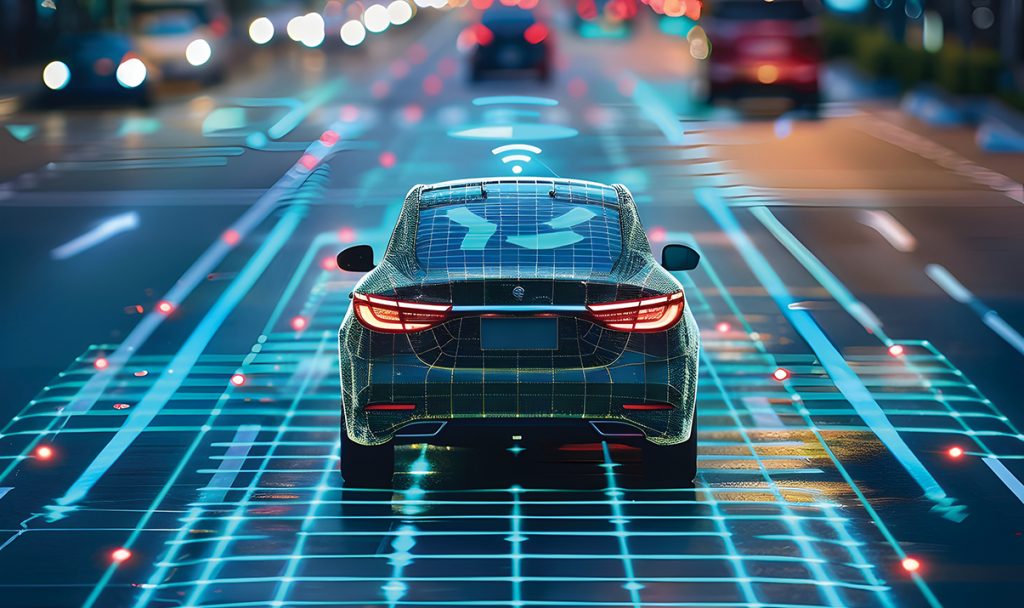
With a surge in new EV models and supportive government policies, the automotive industry is gearing up for a significant transformation.
However, it is crucial to recognise that while EVs are becoming more prevalent in new vehicle sales, their impact on the overall car parc (the total number of vehicles on the road) will be more gradual.
Charging ahead: the rise of EV Sales
Australia’s EV market is experiencing remarkable growth. In 2023, nearly 100,000 EVs were sold, and the latest Fifth Quadrant New Vehicle Sales and Car Parc Growth Forecasts suggest this number could soar to around 385,000 by 2030.
This growth would increase EVs’ share of new vehicle sales from around eight percent in 2023 to nearly a third by the decade’s end.
When including hybrids, it is expected that almost two-thirds of all vehicles sold will be either zero or low emissions, a clear indicator of the market’s shift towards greener alternatives.
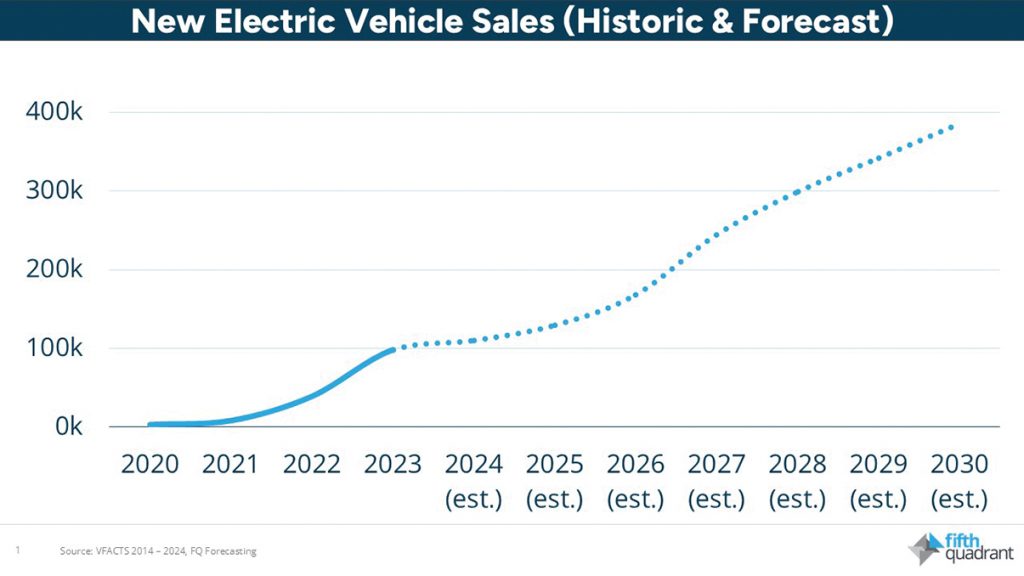
Slow lane: a more gradual shift in the car parc
Despite the rising sales, the overall impact on the car parc will be significantly slower.
Today, there are roughly 200,000 EVs on Australian roads, this is projected to grow to about 1.85 million by 2030. Even with that growth, EVs will still only make up less than 10 percent of the total car parc, (which is expected to exceed 23 million vehicles by that point).
This slow transition underscores the long lifecycle of vehicles and the enduring presence of internal combustion engine (ICE) vehicles.
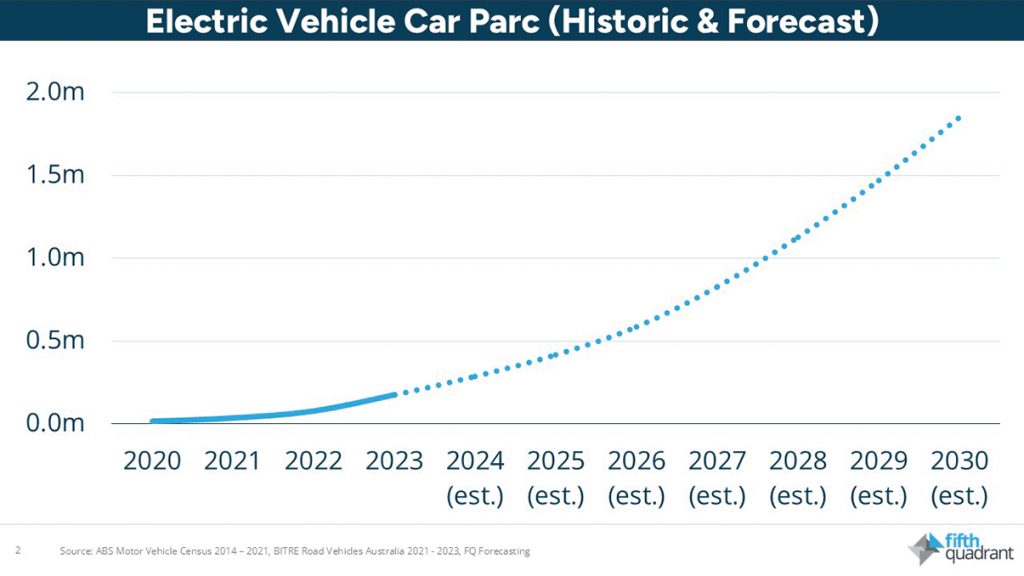
Navigating a dual landscape: opportunities for the aftermarket
The automotive aftermarket industry faces a dual challenge: adapting to the growing demand for EV-related services while continuing to support a predominantly ICE vehicle market.
As the EV car parc expands, there will be an increasing need for specialised services in EV maintenance, repair, and parts, but ICE vehicles will remain a significant market for many years, requiring a balanced approach (or specific strategy based on the relative strengths and weaknesses of an individual business).
To thrive in this evolving landscape, aftermarket businesses should consider:
- Investing in EV Training: Equip technicians with the skills required for EV maintenance.
- Building Strategic Partnerships: Collaborate with EV manufacturers to stay up to date with the latest technological advancements.
- Continued investing in ICE: Recognise the continued importance of ICE vehicles and invest in more ‘traditional’ service and repair tools, training and equipment.
This dual-market reality demands a nuanced approach, balancing investments in new technologies with the ongoing needs of traditional vehicle owners.
Businesses that can adapt effectively will be well-positioned to succeed in this dynamic environment.
In this environment, it again becomes critical for businesses to understand their local market and the points of difference that make them stand out from their competition.
Based on this, they are then able to make informed decisions about how best to position their business, and where they should be investing time and energy to set themselves up for success.
This column was prepared for AAAA Magazine by Fifth Quadrant, the AAAA’s partners in the AAAA Aftermarket Dashboard which is delivered to AAAA members each quarter.
For more information about their services, visit www.fifthquadrant.com.au or contact Ben Selwyn on ben@fifthquadrant.com.au



